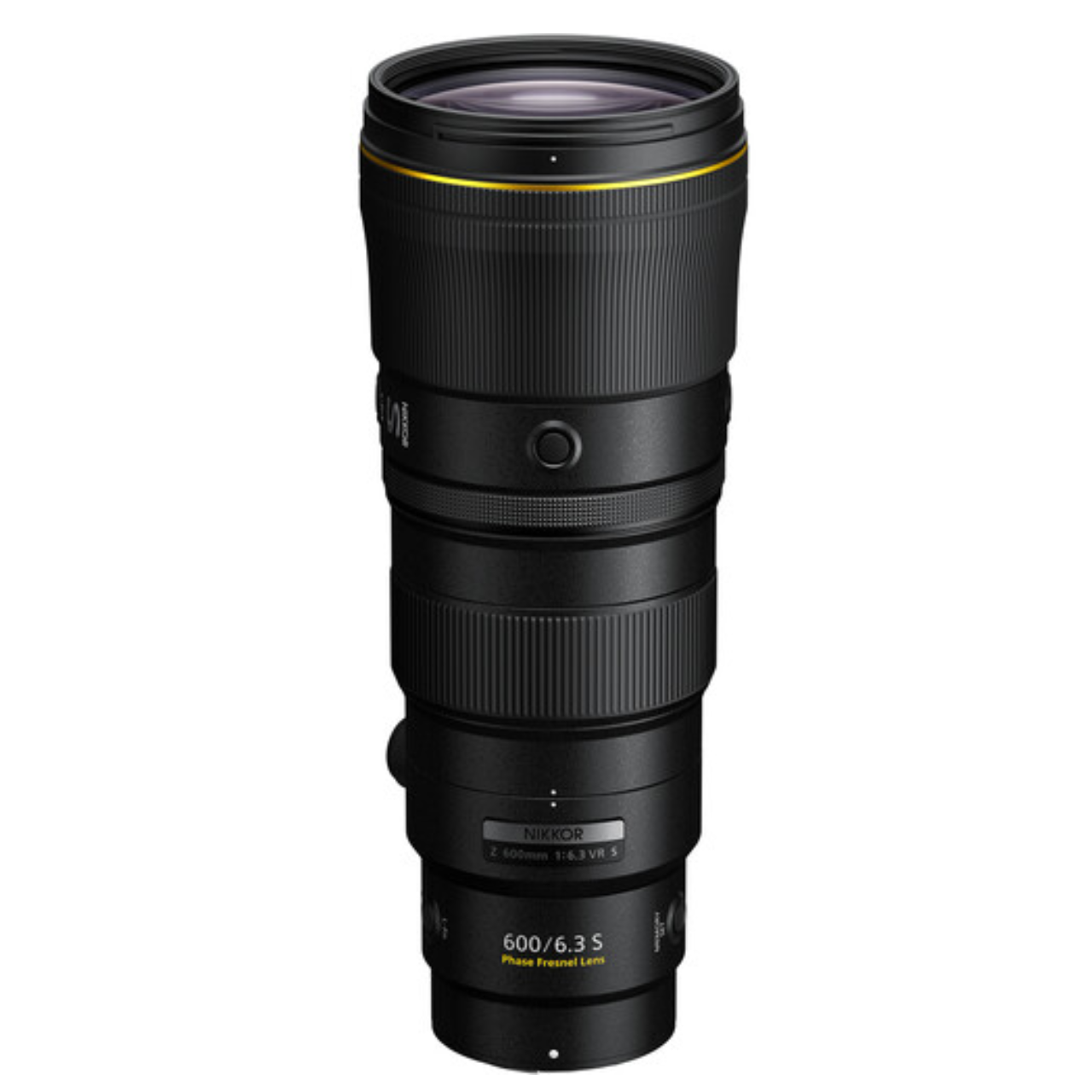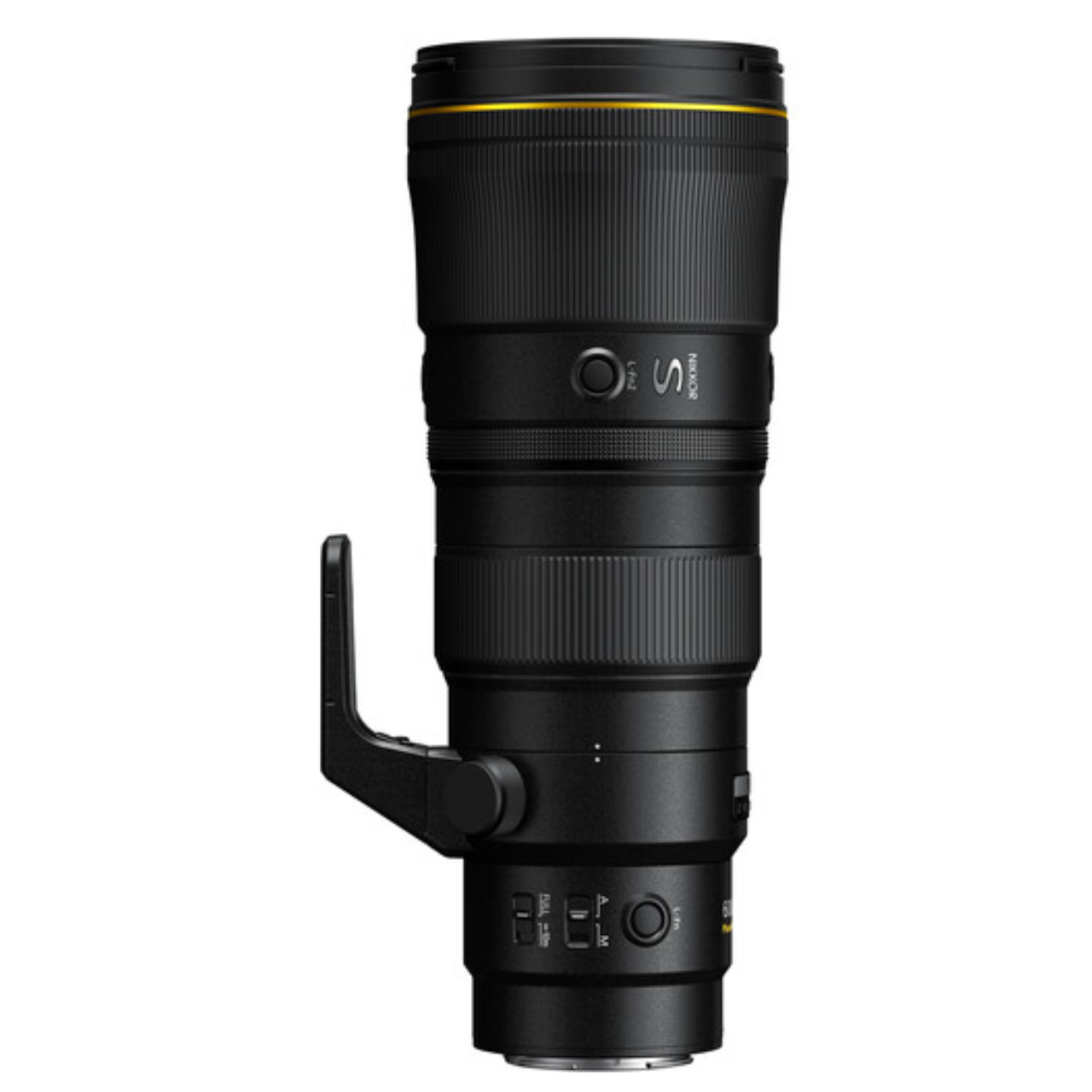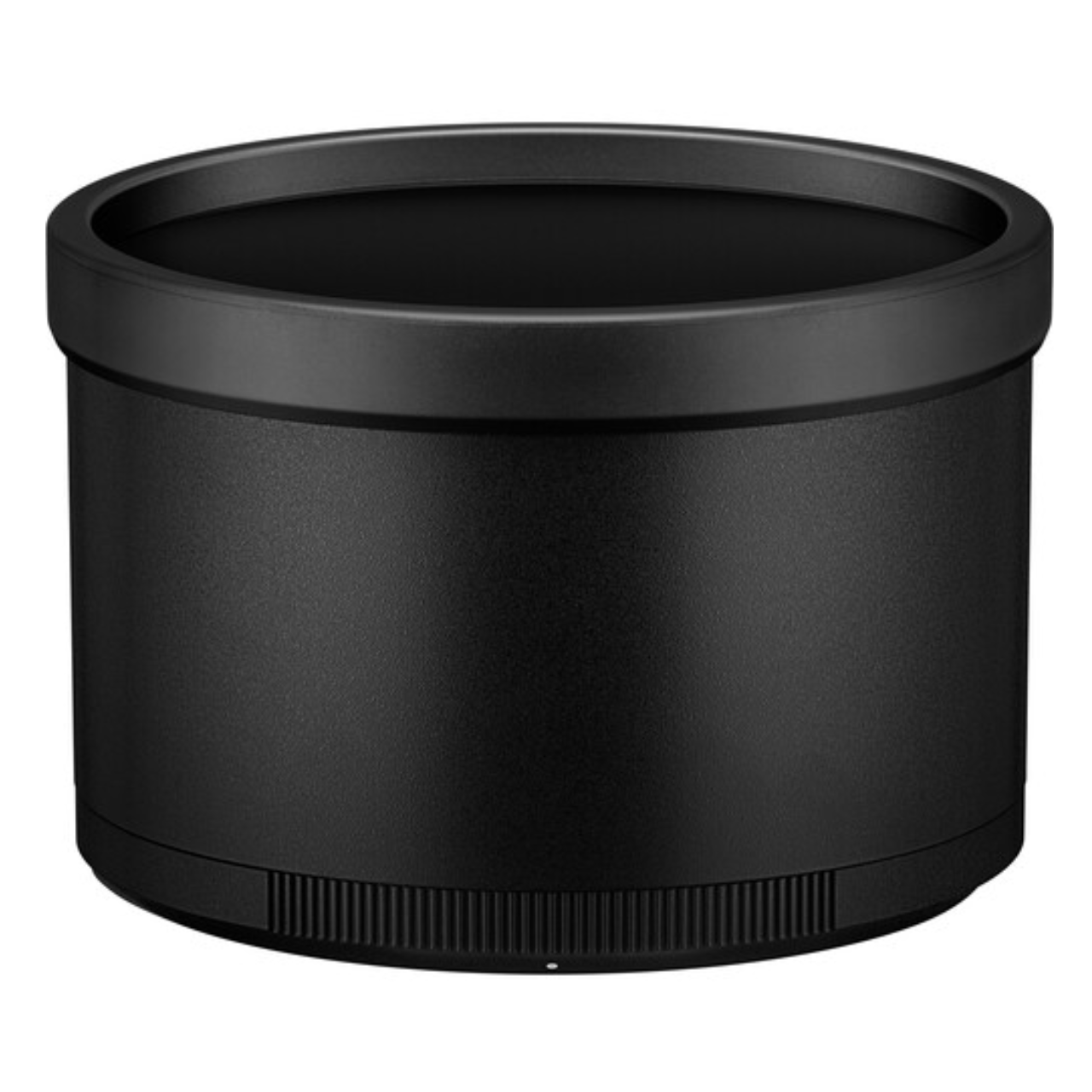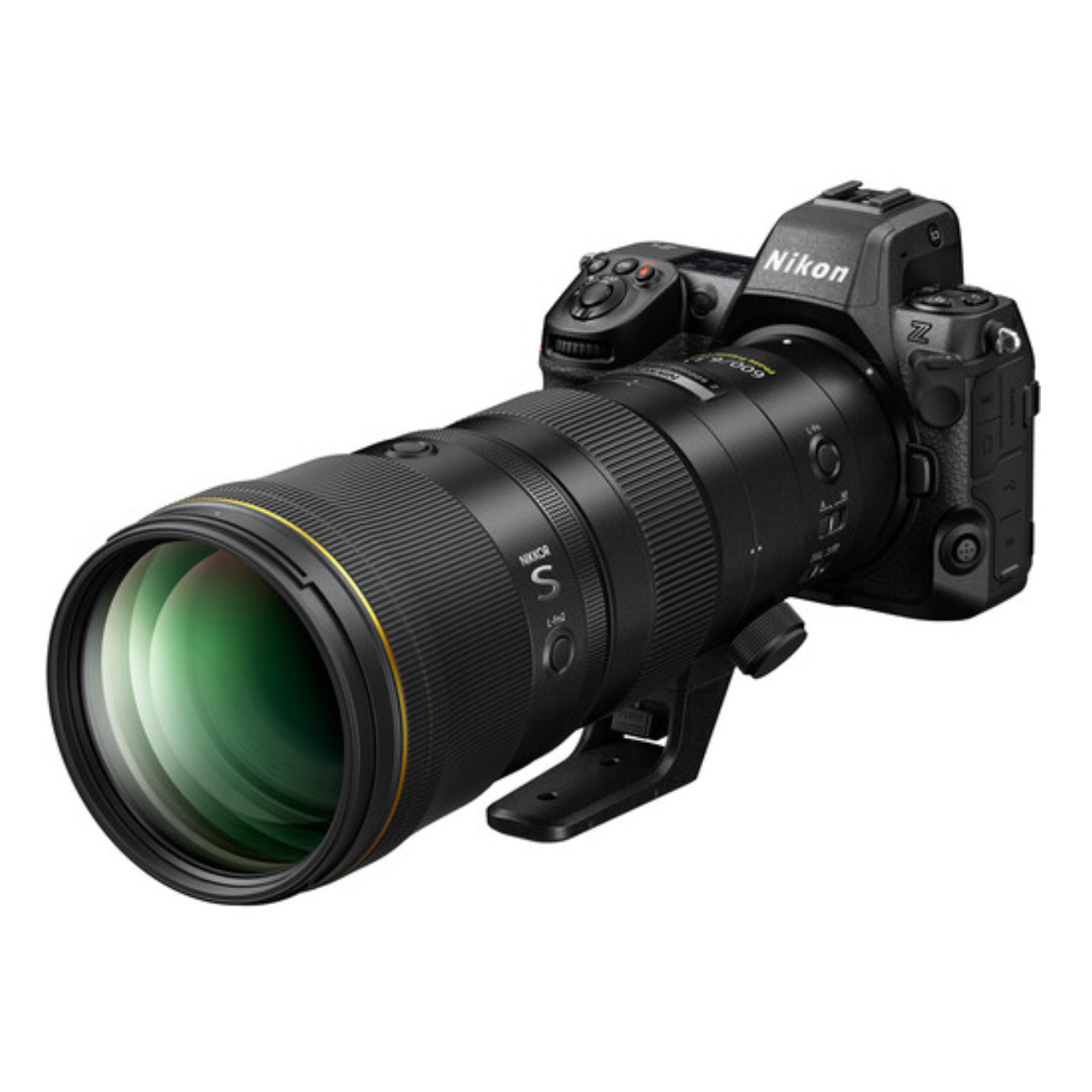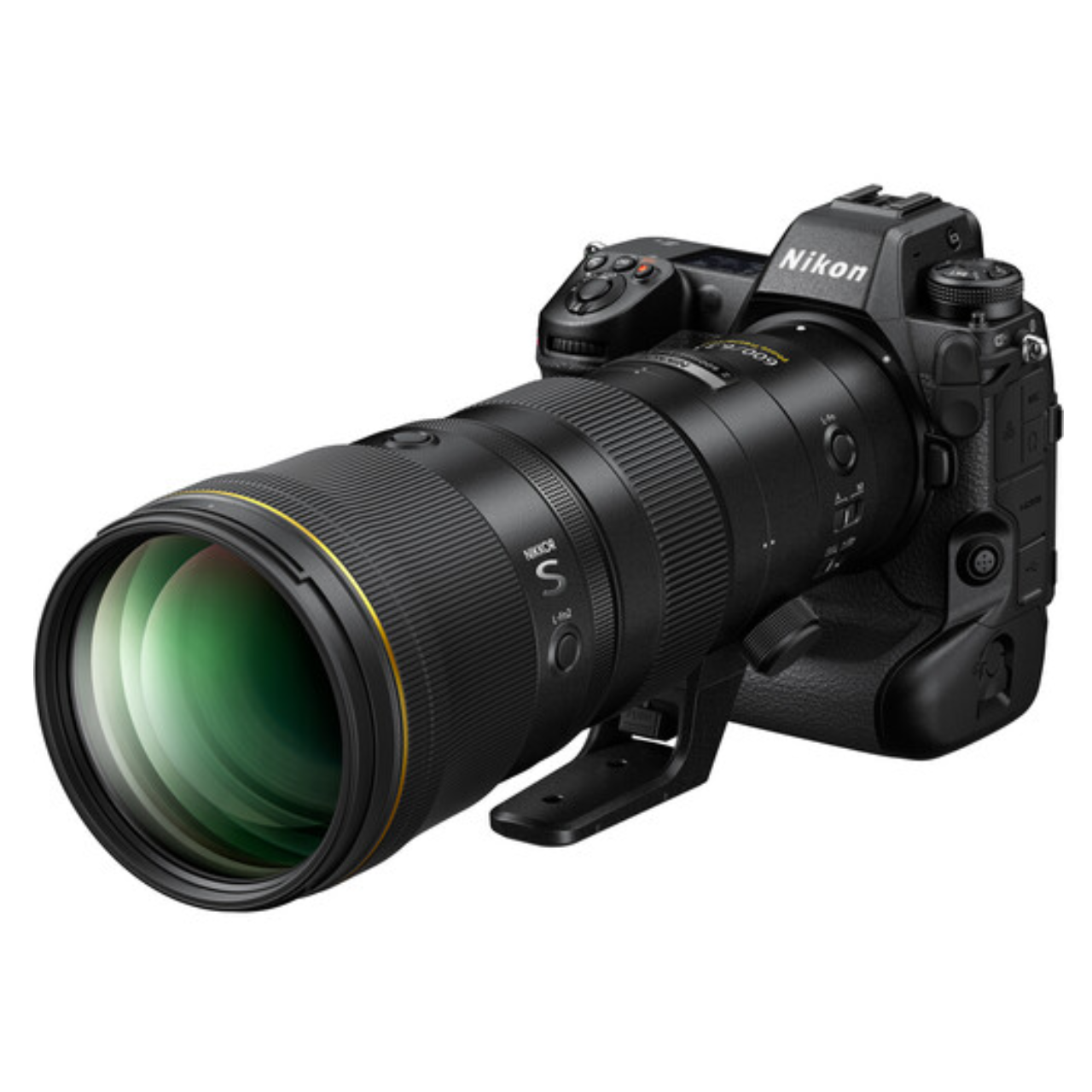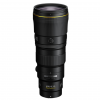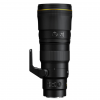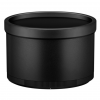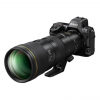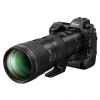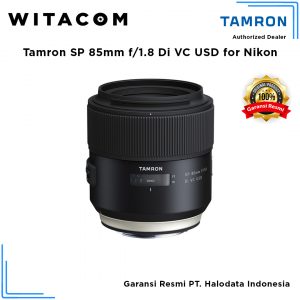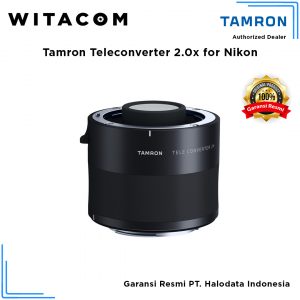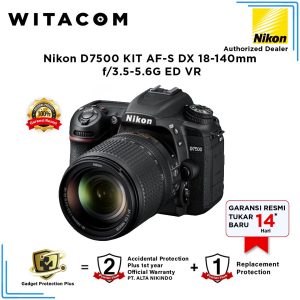Nikon no longer puts ‘PF’ in the lens name, the 600mm F6.3 VR S’s defining feature is its use of ‘Phase Fresnel’ technology.
This is Nikon’s branding for using a Fresnel lens element: the thing that allows such a long focal length lens to be so small and light. Canon has previously used a similar approach under the ‘Diffractive Optics’ name.
It’s a technology based on the discovery that the middle section of a large glass element doesn’t do much: the effect of a lens is primarily affected by the curvature of the element and the refractive index of the material it’s made from.
This means you can get the same effect as a large, heavy element so long as an element’s surfaces have the proper curvature. Fresnel lenses exploit this by dividing the element into a series of shallow concentric rings, each with surfaces that mimic their section of a large, continuous curved element. This allows a very thin, light element to have the same effect as a much larger piece of glass.
The lens is constructed of 21 elements in 14 groups: the Phase Fresnel (PF) lens, two extra-low dispersion (ED) elements, and one SR element. All these elements are meant to correct color fringing. PF allows Nikon to cut down on how much glass material is needed in the lens, and elements are able to be smaller than a non-PF lens.
The lens is weather-resistant, has a fluorine coating to help keep dust and dirt off the front element, and a ‘nano crystal coating’ to address flare. Nikon says the weight of the lens is closer to the rear element, a design decision meant to help stabilize the lens by having it closer to your body, and there are up to 6 stops of VR to aid stability further.
The 6.0 stop correction figure requires a camera body that can synchronize its in-body stabilization system to work with the lens’s system (currently the Z8 and Z9). Older bodies are measured as gaining 5.5 stops of correction, per CIPA standard testing.
The Nikkor Z 600mm F6.3 VR S has a focus ring, control ring and several custom buttons that can be mapped through the menu in a Nikon camera body.
A memory set button is on the right side of the lens. Once set and pressed, the lens moves to a stored focus position. There is a L-Fn custom function button near the base of the lens on the left side. Toward the front, there is an L-Fn2 custom function button. This second custom button is repeated thrice around the barrel so you can reach it in any camera orientation. All four L-Fn2 buttons are identical once you assign a custom function; treating them as four independent custom buttons is not an option.
The buttons have a sturdy feel, and the focus and custom rings hit the sweet spot of being fluid enough to turn quickly but not so loose that you nudge a setting or focus inadvertently.
Along the left side of the barrel, under the first L-Fn custom function button, are switches for manual and autofocus and a focus limiter switch. With the focus limit engaged (infinity–10m), the lens can avoid hunting when you know what you’re photographing will always be at medium distance and beyond. With the switch set to the ‘Full’ position, the lens has a minimum focusing distance of 4m (12 ft).
A stepper motor (STM) drives focus; Nikon says it reduced the weight of the focus elements to allow it to use an STM to lower their manufacturing costs.
Nikon has included a lovely lens hood with the Nikkor Z 600mm F6.3 VR S; a quarter turn clicks it into place, and a button press releases the lock so you can rotate it off again. There’s also a tripod foot whose collar can be rotated 360 degrees, which may come in handy if the lens is paired with a compatible Nikon teleconverter. The lens accepts Nikon’s 1.4x and 2.0x teleconverters, but the widest possible aperture does take a hit (F9 with a 1.4x TC and F13 with a 2x).
